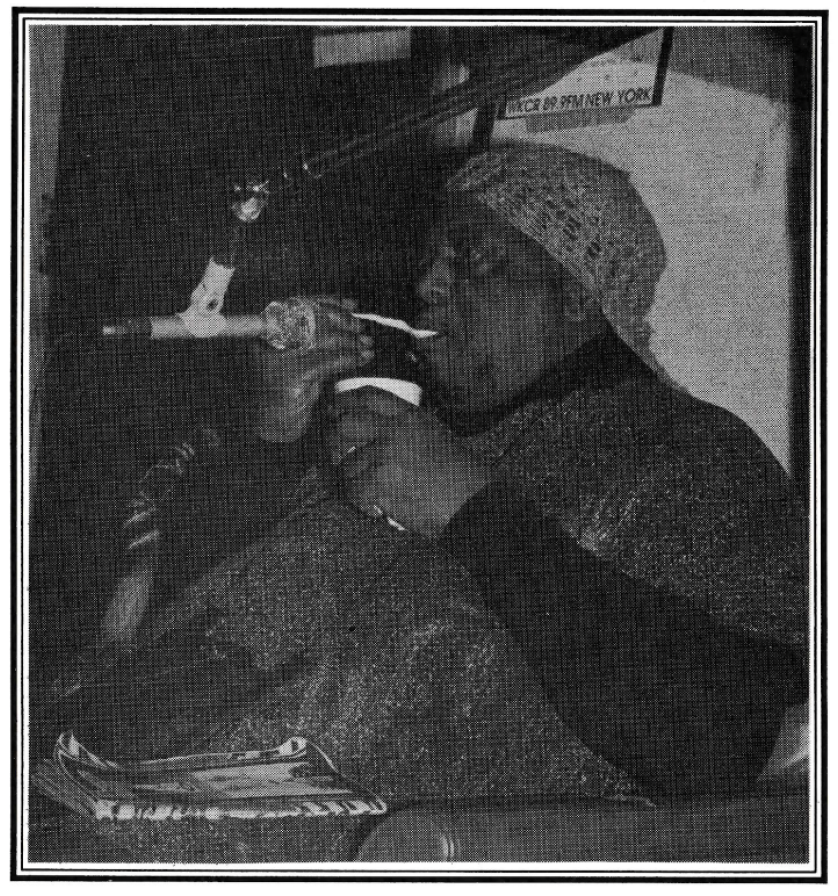Program:
Symphony no. 4 in C minor "Tragic"
Sonata for Piano and Violin K.296 in C major
Symphony no. 4 in D minor, op.120
Mass in F Major, BWV 233
Gottes Zeit ist die allerbeste Zeit, BWV 106
Lass, Fürstin, lass noch einen Strahl, BWV 198
Last week we explored a peculiar question on the connection (if any) a performer has with an instrument. Some performers, according to an interview with Glenn Gould first, make a connection to the instrument presumably the piano, although Gould never stated this in the interview. The second type, he claims and cites Richter as a prime example of this bypasses the mechanical interaction with the instrument instead making what Gould phases as "a direct connect," with the music thus involving the listener with a more intuitive performance, drawing the audience into the score itself.
This week we examine a similar supposition: that it is indeed possible to altogether bypass the mechanism of an instrument a performer shares focusing on a direct connection to the score and the music. What then, could Gould or any other make claim to in reference to a vocal performer. Using Bach's mass in F major as a juxtaposition to Gould's proposition, we discuss and explore the musical and instrumental connections within these prodigious selections from Bach's catalogue.
Stephan S. Dalal
Department:
